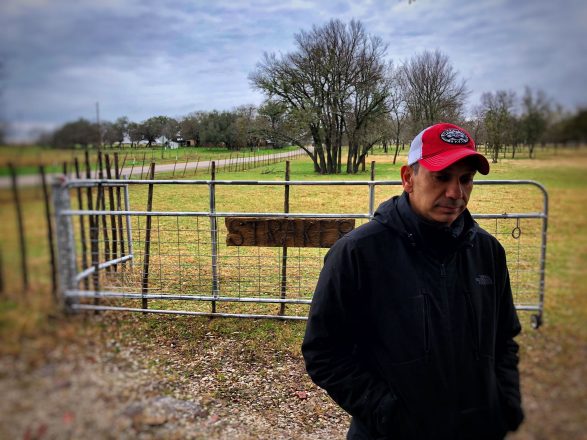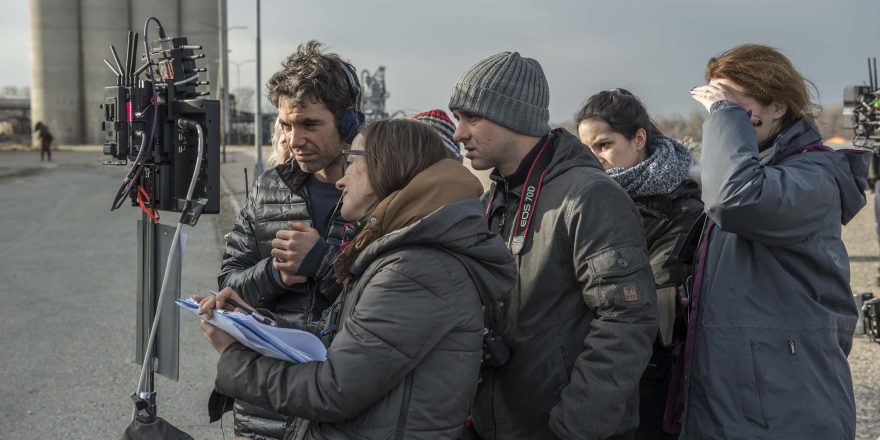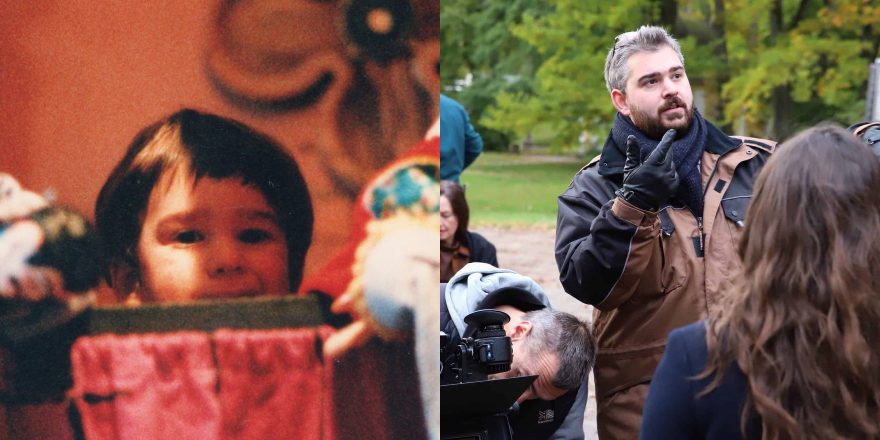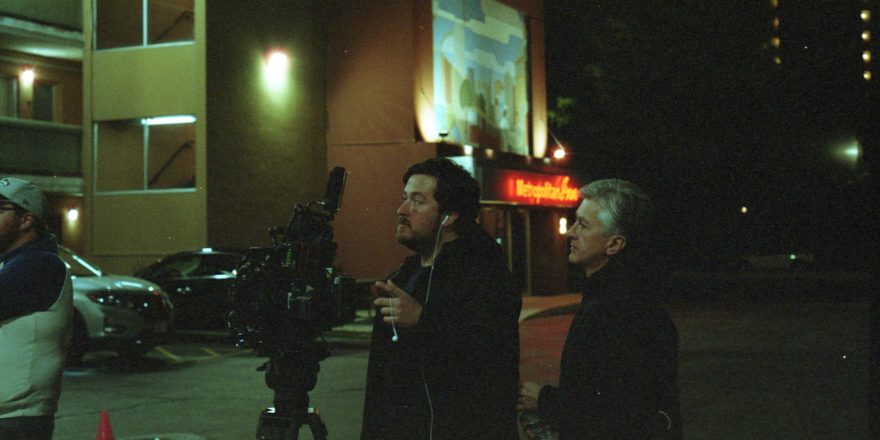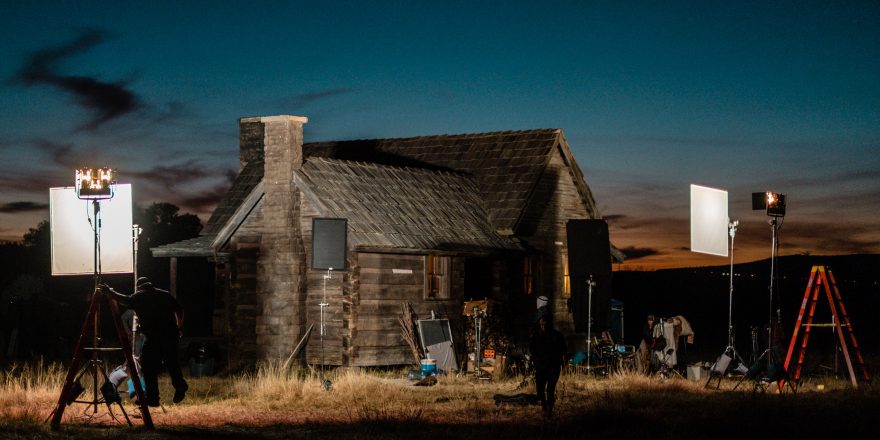I’m outside of Ottawa, Canada. In front of a house in the middle of nowhere. It’s cold and it’s wet. Not horribly so, just annoyingly so.
We just finished the first day of this movie I’m directing, Hurt.
And I was awful.
I’m with our grip and electric and one of our producers, Steve Boisvert, and I’m helping them carry equipment back to the truck, even though I’m probably just getting in the way.
This is a little movie I wanted to make under the radar, away from prying eyes. Almost like a student film. This is a crew I knew. These are friends from previous films. People who have helped me immensely.
This was a dream. And I’m screwing it up.
I just sold the movie to a big Hollywood production company, so now I feel all of the old pressures again.
Eventually, I give up trying to help so they can load the truck faster. I take a seat on the trunk of our picture car, a 1981 Chevy Monte Carlo that we kept running so it won’t die. I stare down at the tail light while I ask myself, “How did I get here?”
And perhaps more appropriately, “What the hell am I doing here?”
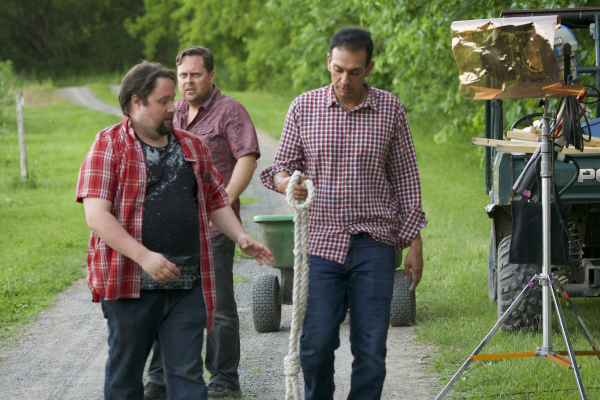
I hated what I shot that first day. It was the opposite of everything I wanted to do. It was too generic, too straightforward.
“I suck.”
That’s what I would tell Steve every time he walked by. He agreed with me the first few times, until he realized I actually meant it.
I’ve had these moments before in my career.
Right out of college, I was in Washington, D.C., looking to work in politics. But I always loved movies — like most people love movies, just a little more. I spent my childhood in the suburbs of Chicago trying to get my friends to see subtitled foreign films in the city. But I always ended up going alone.
I was a public policy major, but I would take any film theory classes I could take in the English Department. This was my first step of “film school.” But I put it on hold — because I was afraid.
I went to D.C. to do what my major told me to do. And at some point, in a small arthouse theater near my tiny apartment, I asked myself the question, “What am I doing here?”
I decided to leave D.C. I drove to Los Angeles to get an unpaid internship at a production company. I mass emailed everyone — and got two responses.
I knew nothing about films, nothing about making them. I had no idea how I wanted to be involved, but I wanted to be involved. I didn’t want to live with regrets.
But after working my way up from an intern, to an assistant, to a junior exec, my father got ill. Cancer. I quit my job and went back home to Chicago to help him and my mother. I was there for more than a year until he passed away. It was painful, but I’m glad I did it.
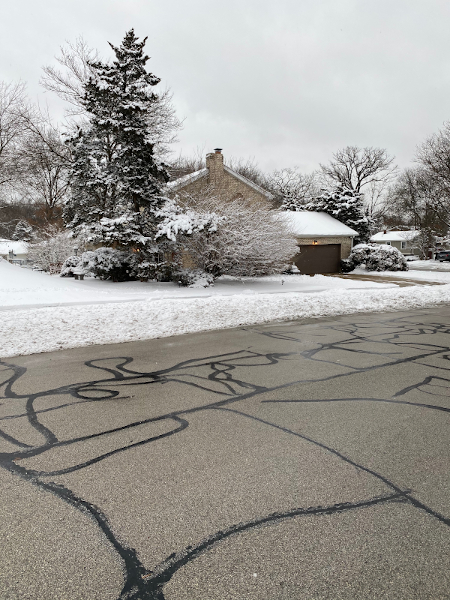
Now I was back in Chicago, though. Back to square one. I’d take interviews in Los Angeles every once in a while, when they came up. But I’m a terrible interviewee. The worst. No job.
So I was sitting in my childhood home, going deeper and deeper into debt, thinking of getting some sort of job in Chicago. And I asked myself, “What am I doing here?”
But this time, I had no plan of action. I just stayed put.
Until I got a call. From a friend. Someone I knew who had helped me from time to time and was one of the few who stayed in touch with me. He was an executive at the time, and now he is a mega producer. Roy Lee.
Roy called me out of the blue and told me he’d just got a studio production deal, and wanted me to join his new company with his partner, Doug Davison, Vertigo Entertainment.
This was divine intervention. I did nothing to get this call, but it changed my career. I mean, it gave me a career.
The one thing I am proud of, though, is that I never completely gave up. I couldn’t think of anything else I wanted to do but somehow to be involved in movies. I couldn’t bring myself to get another kind of job.
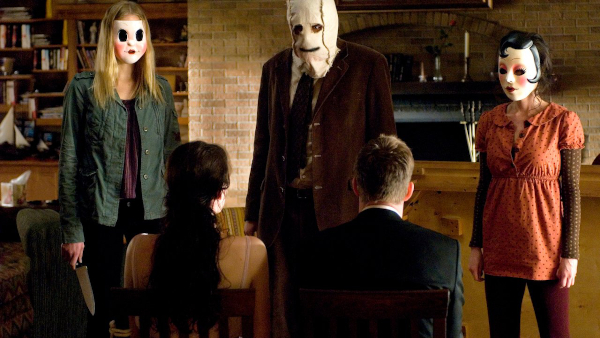
I had even kept my rundown apartment in Venice — which contributed to my debt, but it was my small way of not giving up. Of at least having hope, and keeping one foot in Los Angeles.
Working at Vertigo changed everything. I was there for a decade, and I worked on some very good material. We made some amazing movies. I ended up producing. Being on set. Running a set. Making movies that turned out to be classics. That made a lot of money.
Also, I finally developed an appreciation for horror. A genre I knew little about at the time, but one I truly love now. I developed, produced, and even wrote some pretty big “right down the middle” Hollywood movies. It was a dream come true — and another session of my “film school.”
And then that dreaded question popped up again. This time, I really wanted that question to go away: “What am I doing here?”
My love for movies started with foreign films, with arthouse films. But I never got to make any of those. Not yet.
So I left Vertigo to make independent films. Some I produced, some I wrote, and then I tried my hand at directing. Sometimes they were successes. Sometimes not.
But the general idea was that I was trying to deprogram myself. I was trying to make a film without the pressure, without needing people to like it or to watch it, or for the film to make money. But I just couldn’t get my brain there.
Then I wrote Hurt with my co-writer, Solomon Gray, and I made it my mission to make the movie with as little money as possible. With one light. With actors I chose. With zero pressure. I wanted to force myself and the others around me to be creative, to finally find my style and my story.
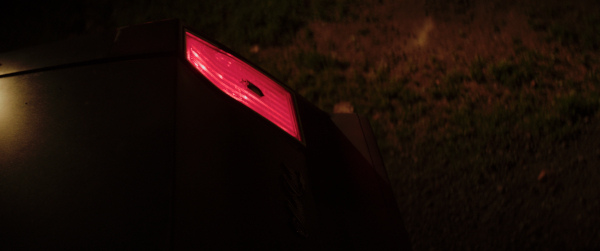
So I sat on the back of that 1981 Chevy Monte Carlo, staring down at the taillights, breathing in the exhaust, failing again. I came all this way, trying to take away whatever pressures one feels in Hollywood. I’d tried this a few times before, but it hadn’t worked. I just keep ending up in the same place creatively every time. I hadn’t been able to grow the way I wanted to grow.
I kept staring down at those tail lights. (My view of them is actually in the movie).
And something about them — I don’t know, it’s like they hypnotized me into doing something … different. Just be different. Make it like a student film.
So after that day, I let go. We even managed to reshoot that first day, thanks to my producers and crew. That’s why I chose to work with friends.
But that wasn’t the end of it, unfortunately. I didn’t learn my lesson after the production. Or the editing. But after this little tiny movie got kicked around for a while, beaten down, I finally had enough. Shortly before its release, I recut this movie the way I wanted. I truly didn’t care anymore.
Hurt is the smallest film I’ve worked on. The most difficult one. In every way, all the way to its release. But I realized, maybe out of fatigue, that I just didn’t care how it was received. I liked it for what it was, for better or worse.
And I think I finally graduated from film school.
(P.S. This cut has been very well received so far, so that’s nice, too. I ain’t gonna lie!)



